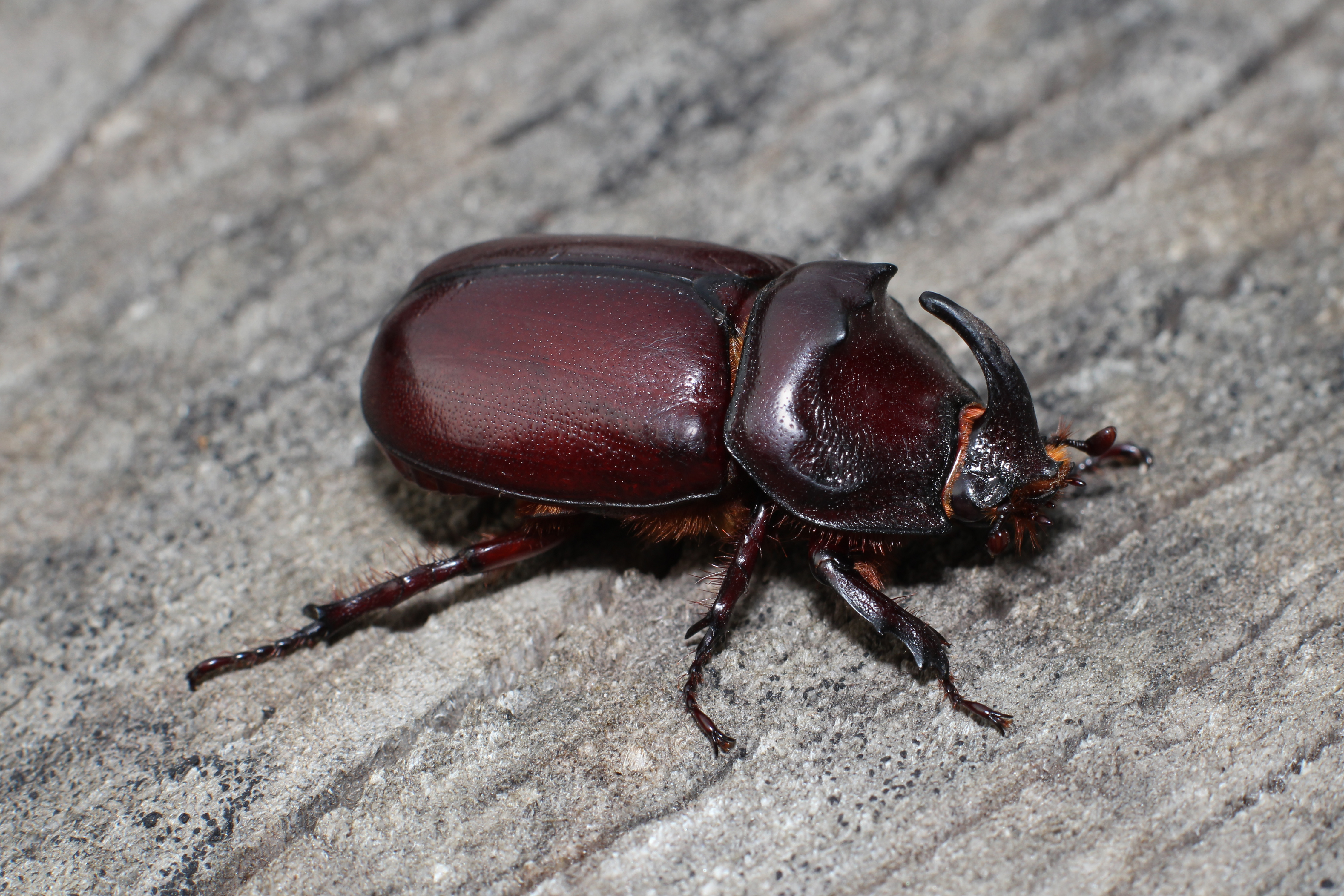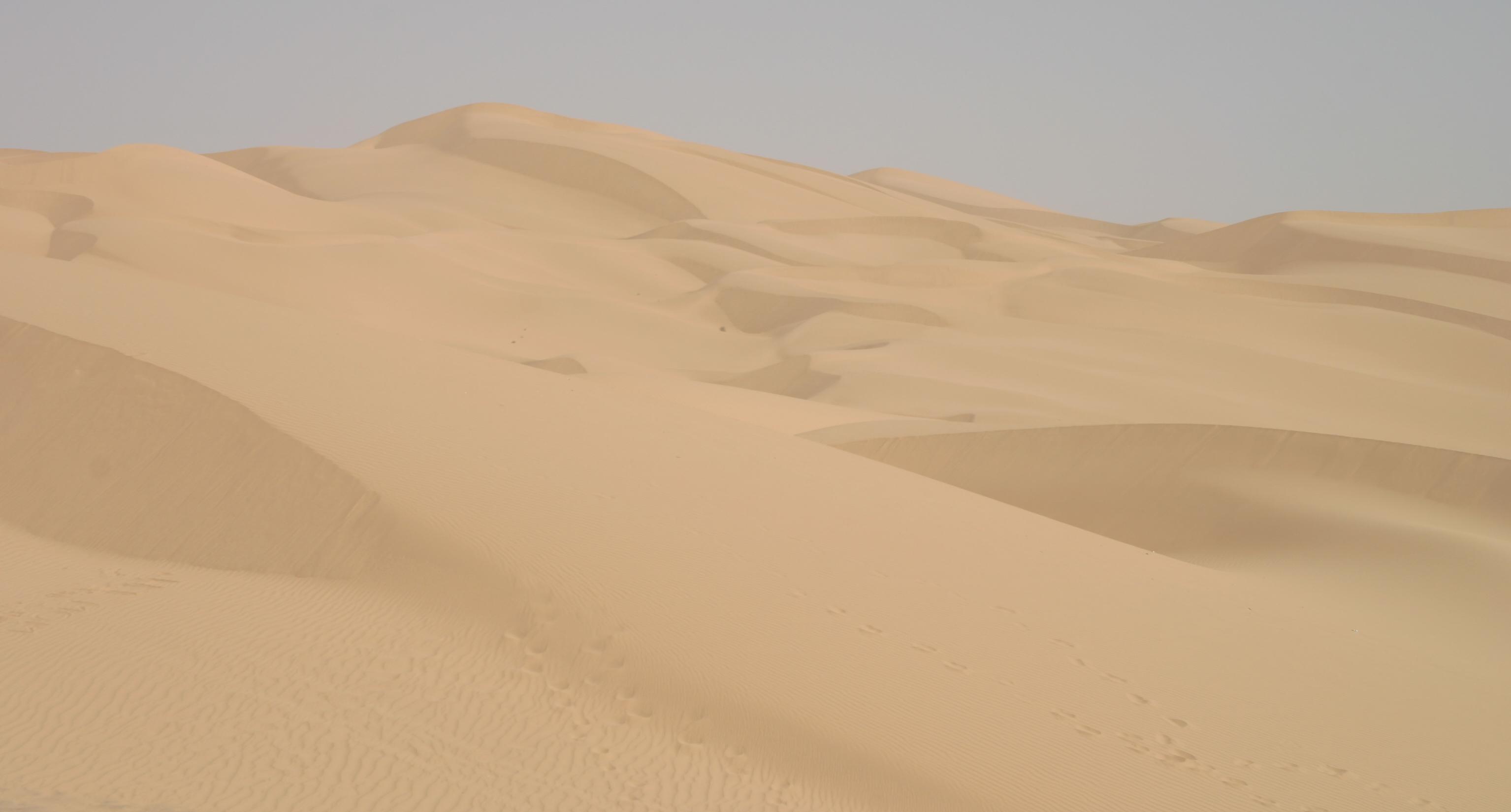|
Megasoma Sleeperi
''Megasoma sleeperi'' is a species of rhinoceros beetle in the family Scarabaeidae. It is endemic to the Algodones Dunes The Algodones Dunes is a large sand dune field, or erg, located in the southeastern portion of the U.S. state of California, near the border with Arizona and the Mexican state of Baja California. The field is approximately long by wide and exte ... in North America. References Further reading * Dynastinae Articles created by Qbugbot Beetles described in 1972 {{Dynastinae-stub ... [...More Info...] [...Related Items...] OR: [Wikipedia] [Google] [Baidu] |
Rhinoceros Beetle
Dynastinae or rhinoceros beetles are a subfamily of the scarab beetle family (Scarabaeidae). Other common names – some for particular groups of rhinoceros beetles – include Hercules beetles, unicorn beetles or horn beetles. Over 1500 species and 225 genera of rhinoceros beetles are known. Many rhinoceros beetles are well known for their unique shapes and large sizes. Some famous species are, for example, the Atlas beetle (''Chalcosoma atlas''), common rhinoceros beetle (''Xylotrupes ulysses''), elephant beetle (''Megasoma elephas''), European rhinoceros beetle (''Oryctes nasicornis''), Hercules beetle (''Dynastes hercules''), Japanese rhinoceros beetle or ''kabutomushi'' (''Allomyrina dichotoma''), ox beetle (''Strategus aloeus'') and the Eastern Hercules beetle (''Dynastes tityus''). Description and ecology The Dynastinae are among the largest of beetles, reaching more than in length, but are completely harmless to humans because they cannot bite or stin ... [...More Info...] [...Related Items...] OR: [Wikipedia] [Google] [Baidu] |
Scarabaeidae
The family Scarabaeidae, as currently defined, consists of over 30,000 species of beetles worldwide; they are often called scarabs or scarab beetles. The classification of this family has undergone significant change in recent years. Several subfamilies have been elevated to family rank (e.g., Bolboceratidae, Geotrupidae, Glaresidae, Glaphyridae, Hybosoridae, Ochodaeidae, and Pleocomidae), and some reduced to lower ranks. The subfamilies listed in this article are in accordance with those in Bouchard (2011). Description Scarabs are stout-bodied beetles, many with bright metallic colours, measuring between . They have distinctive, clubbed antennae composed of plates called lamellae that can be compressed into a ball or fanned out like leaves to sense odours. Many species are fossorial, with legs adapted for digging. In some groups males (and sometimes females) have prominent horns on the head and/or pronotum to fight over mates or resources. The largest fossil scaraba ... [...More Info...] [...Related Items...] OR: [Wikipedia] [Google] [Baidu] |
Algodones Dunes
The Algodones Dunes is a large sand dune field, or erg, located in the southeastern portion of the U.S. state of California, near the border with Arizona and the Mexican state of Baja California. The field is approximately long by wide and extends along a northwest-southeast line that correlates to the prevailing northerly and westerly wind directions. The name "Algodones Dunes" refers to the entire geographic feature, while the administrative designation for that portion managed by the Bureau of Land Management is the Imperial Sand Dunes Recreation Area (sometimes called the Glamis Dunes). In 1966, Imperial Sand Hills was designated as a National Natural Landmark by the National Park Service. The Algodones Dunes are split into many different sections. These sections include Glamis, Gordon's Well, Buttercup, Midway, and Patton's Valley. Although the Arabic-derived Spanish word ''algodones'' translates to "cotton plants", the origin of the toponym is unknown. Location The du ... [...More Info...] [...Related Items...] OR: [Wikipedia] [Google] [Baidu] |
Dynastinae
Dynastinae or rhinoceros beetles are a subfamily of the scarab beetle family (Scarabaeidae). Other common names – some for particular groups of rhinoceros beetles – include Hercules beetles, unicorn beetles or horn beetles. Over 1500 species and 225 genera of rhinoceros beetles are known. Many rhinoceros beetles are well known for their unique shapes and large sizes. Some famous species are, for example, the Atlas beetle (''Chalcosoma atlas''), common rhinoceros beetle (''Xylotrupes ulysses''), elephant beetle (''Megasoma elephas''), European rhinoceros beetle (''Oryctes nasicornis''), Hercules beetle (''Dynastes hercules''), Japanese rhinoceros beetle or ''kabutomushi'' (''Allomyrina dichotoma''), ox beetle (''Strategus aloeus'') and the Eastern Hercules beetle (''Dynastes tityus''). Description and ecology The Dynastinae are among the largest of beetles, reaching more than in length, but are completely harmless to humans because they cannot bite or sting. So ... [...More Info...] [...Related Items...] OR: [Wikipedia] [Google] [Baidu] |
Articles Created By Qbugbot
Article often refers to: * Article (grammar), a grammatical element used to indicate definiteness or indefiniteness * Article (publishing), a piece of nonfictional prose that is an independent part of a publication Article may also refer to: Government and law * Article (European Union), articles of treaties of the European Union * Articles of association, the regulations governing a company, used in India, the UK and other countries * Articles of clerkship, the contract accepted to become an articled clerk * Articles of Confederation, the predecessor to the current United States Constitution *Article of Impeachment, a formal document and charge used for impeachment in the United States * Articles of incorporation, for corporations, U.S. equivalent of articles of association * Articles of organization, for limited liability organizations, a U.S. equivalent of articles of association Other uses * Article, an HTML element, delimited by the tags and * Article of clothing, an i ... [...More Info...] [...Related Items...] OR: [Wikipedia] [Google] [Baidu] |



